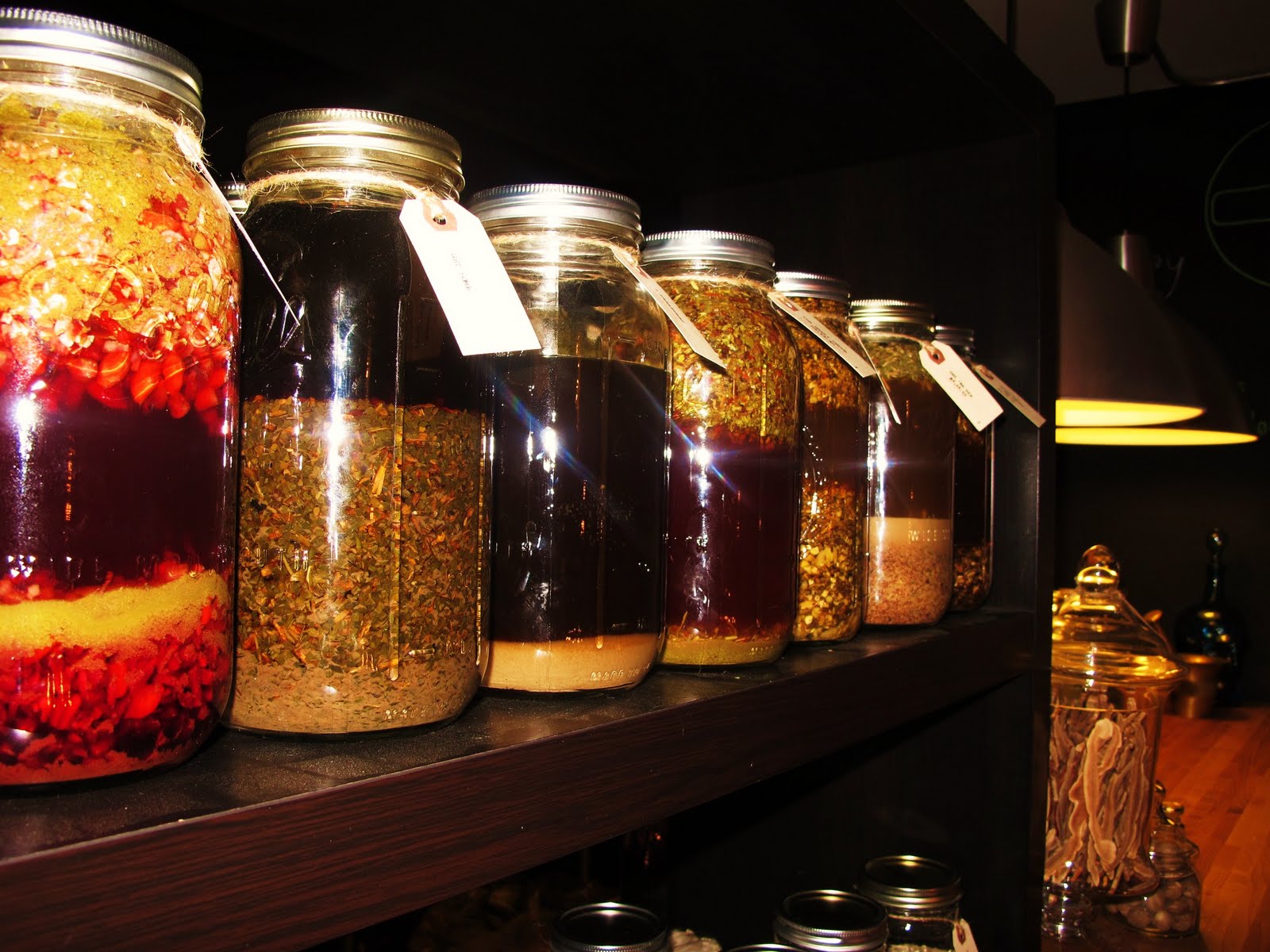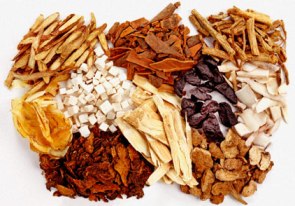TRADITIONAL HERBAL MEDICINE:
Despite the long-standing tradition in human history of using a plant as a herbal or botanical source of medicine, it remains no less surprising that that 4 out of 5 people continue to make use of plants in their raw, unprocessed form, as a source of medicine; not as pharmaceuticals or prescription medications. It is likewise enlightening, that less than 5% of flowering plants have been examined in a lab to ascertain their properties and possible applications, despite the fact that 90% of them have been recognised.
Comprehensive chemical analyses and clinical trials are currently being done to determine the precise makeup of hundreds of plant medicines from across the world. In this area, Germany and Japan have performed the most detailed study. In general, the use of plant medicines is now much more exact and effective thanks to this scientific method. Only a few examples of the drugs that doctors currently have access to include aspirin, digitalis, quinine, opiates (morphine), metformin, colchicine, and guiafenesin. These drugs have a long history of use as herbal remedies. In sum, we still don’t fully understand the extent of our biodiversity, and we don’t yet know how it may be used in the future to treat disease.



